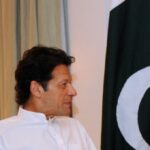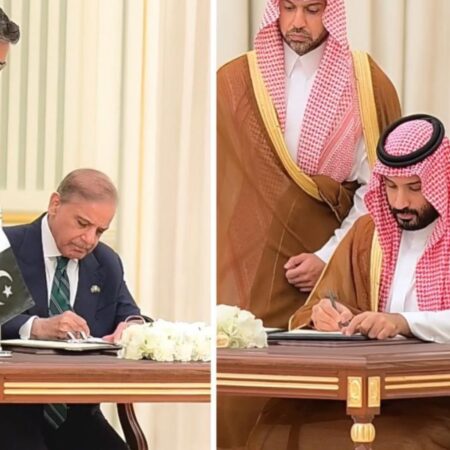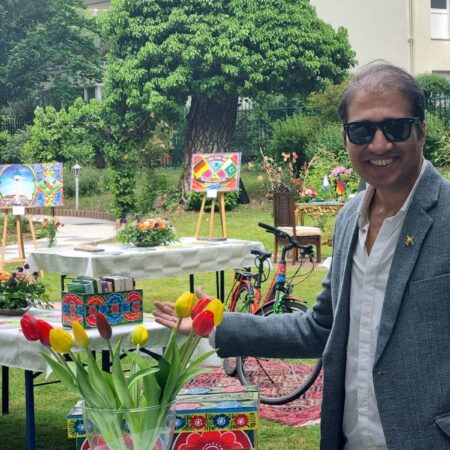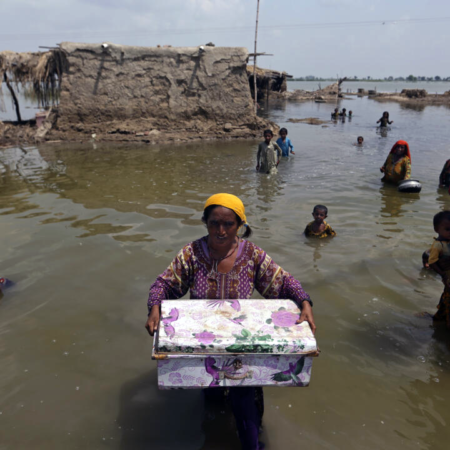On Thursday, the bells of St. Peter’s Basilica rang out, and white smoke rose from the Sistine Chapel, indicating that cardinals had chosen a new pope to succeed Pope Francis and lead the Roman Catholic Church.
The 133 cardinal electors, who hunkered down behind the medieval walls of the Vatican on Wednesday afternoon, cast their ballots on the first full day of the election.
As the first puffs of smoke appeared from a little chimney on the ceiling of the Sistine Chapel, where the cardinals have been holding their secret ballot, a jubilant audience in St. Peter’s Square cheered and clapped.
“Godspeed, Pope!” In the brilliant weather, the spectators applauded. “We have a pope!” one sign proclaimed.
Soon, the world will hear the pope’s identity and the name he has selected for the pontiff from St. Peter’s Basilica’s central balcony. After then, the newly appointed pope would take the stage to bless the assembled audience and give his first public speech.
In the square, a Brazilian nun named Sister Mona Lisa was crying and waving a Brazilian flag. She remarked, “I’m so glad we have a pope.”
After leading the Church with 1.4 billion members for 12 years, Pope Francis passed away on April 21. By implementing a number of reforms and permitting discussion on contentious topics like women’s ordination and greater acceptance of LGBT Catholics, Francis aimed to modernize the stuffy institution during his rule.
Although there were no obvious favorites to succeed him, Filipino Cardinal Luis Antonio Tagle and Italian Cardinal Pietro Parolin—who was Francis’ number two at the Vatican—were seen as the front-runners.
Frenchman Jean-Marc Aveline, Hungarian Peter Erdo, American Robert Prevost, Italian Pierbattista Pizzaballa, and Filipino Pablo Virgilio David were among the other “papabili,” or possible pope candidates in Italian.
The cardinals will have had to select between a more conservative candidate and someone who would expand on Francis’ goal of greater change and openness.
Their only means of connection with the outside world throughout the conclave was the smoke coming from the chimney; the white smoke indicated a new pontiff who had been chosen by a majority of at least two-thirds, while the black smoke indicated no pope had yet been chosen.
On Wednesday night, the cardinals held their first inconclusive vote, and on Thursday morning, they held two more.
At approximately 6:08 p.m. (1608 GMT), the white smoke appeared after they had returned to the Sistine Chapel at 4 p.m. (1400 GMT).
Cardinals were transported between the Sistine Chapel for voting and two Vatican guesthouses for lodging and dining during the conclave, where they were isolated from the outside world, pledged to secrecy, and had their phones and computers seized.
Over the last ten conclaves, winning an election has required an average of 7.2 ballots. In 2013, Francis was elected after five.












No Comment! Be the first one.